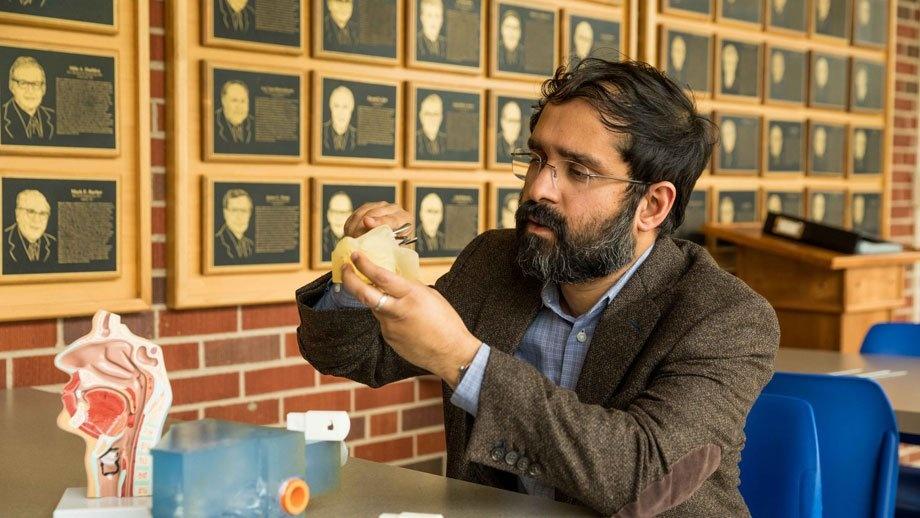A South Dakota State University professor says changing how people use antiseptic nasal spray could reduce their COVID infection risk.
Saikat Basu is an associate professor of mechanical engineering.
He says the key is how to spray the antiseptic solution.
“Instead of holding it upright, which is what is typically prescribed, one should be holding it in a more horizontal orientation to the head, slightly angled towards the eyes,” he said. “So, for example, if you're holding it in the right nostril, you should angle it to the lower part of your right eye. So that can be changed very easily.”
He says changing the angle can increase the amount of antiseptic delivered into the body. In some cases, by up to a hundred times more.
Basu traveled to India in March as the countries coronavirus cases and deaths surged. He says his research could save lives.
“We don't think there is much to lose at this point, especially in communities, like in India, where we still haven't vaccinated enough people,” he said. “Yes, vaccines are going to help us, vaccines are helping us here. But we do need to think that this is a global pandemic. And we do need to explore the other preventives as well.”
Basu says antiseptic nasal spray is not a substitute for COVID vaccinations. But he says his findings could help reduce virus transmission.
India is currently experiencing a vaccine shortage. The country recently set a world record for the number of COVID related deaths in a single day.



